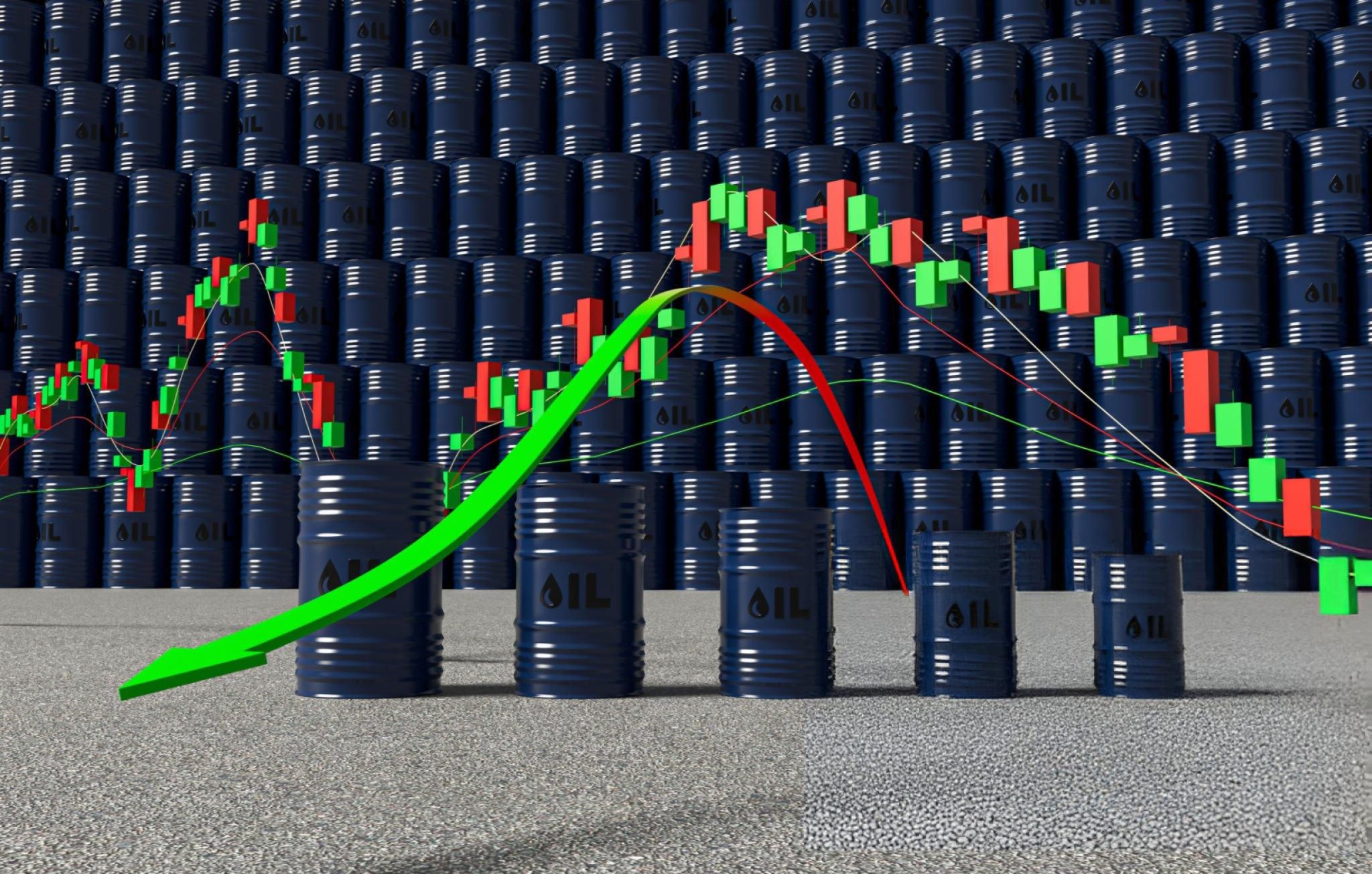Oil prices surge on renewed optimism over US-China trade talks
Oil prices rose sharply on friday, buoyed by growing investor confidence ahead of key trade talks between senior officials from the United States and China. The gains, which mark the first weekly rise in oil prices since mid-April, signal a possible turning point in global markets following months of economic uncertainty.
According to a report by Reuters, brent crude futures climbed by $1.07, or 1.7 per cent, to settle at $63.91 a barrel, while U.S. West Texas Intermediate (WTI) crude futures also recorded significant gains. This renewed momentum in the oil market is being attributed to rising expectations that progress in US-China trade relations could stimulate global economic growth and, in turn, boost oil demand.
The optimism was further reinforced by a recent trade agreement between the United States and the United Kingdom, which has been perceived as a sign of washington’s willingness to engage constructively with its trading partners. Analysts suggest that this move may serve as a precursor to a more conciliatory approach towards Beijing, potentially paving the way for smoother negotiations between the world’s two largest economies.
Trade diplomacy in focus
Investors are keenly watching developments as high-level discussions between US and Chinese officials are expected in the coming weeks. The talks are anticipated to address longstanding trade tensions, tariffs, and other economic frictions that have weighed heavily on global markets since the onset of the trade war in 2018.
Experts believe that even incremental progress could have a ripple effect, boosting investor confidence across commodities markets, including oil. A more stable trade environment could help to revitalise manufacturing and industrial activity globally, driving up demand for energy.
“The markets are reacting positively to the prospect of dialogue,” said Edward Moya, senior analyst at OANDA. “Any signs of thawing relations between the US and China are likely to be viewed as supportive for global growth and, by extension, oil demand.”
Impact on oil producers and consumers
The implications of a potential breakthrough in US-China trade relations extend beyond financial markets. For oil-producing nations, higher prices could provide much-needed fiscal relief, especially for members of the Organisation of the Petroleum Exporting Countries (OPEC) and its allies, collectively known as OPEC+.
These countries have been grappling with the dual pressures of weakened demand and high inventories since the onset of the COVID-19 pandemic. A resurgence in global economic activity, spurred by improved trade relations, could help to tighten oil markets and support higher prices in the months ahead.
For consumers, however, the prospect of rising oil prices raises concerns over higher fuel costs and inflationary pressures. Economists warn that any sustained increase in oil prices could have a knock-on effect on transportation costs, supply chains, and consumer goods, potentially complicating the efforts of central banks to manage inflation.
Broader economic context
The renewed focus on US-China trade talks comes against the backdrop of broader geopolitical and economic challenges. Recent data from China showed a slowdown in manufacturing activity, raising concerns about the resilience of the world’s second-largest economy. Meanwhile, the Biden administration continues to face pressure domestically to manage inflation, stabilise markets, and restore investor confidence.
Despite these headwinds, analysts remain cautiously optimistic that diplomatic engagement between Washington and Beijing could yield tangible benefits for global markets. “There is still a long road ahead, but the signals coming from both sides suggest a willingness to engage in constructive dialogue,” said Moya.
In the short term, oil markets are likely to remain sensitive to headlines surrounding the talks, with prices fluctuating in response to any perceived progress or setbacks.
As the world watches closely, the outcome of these discussions could set the tone for energy markets and global trade dynamics well into the second half of the year.







